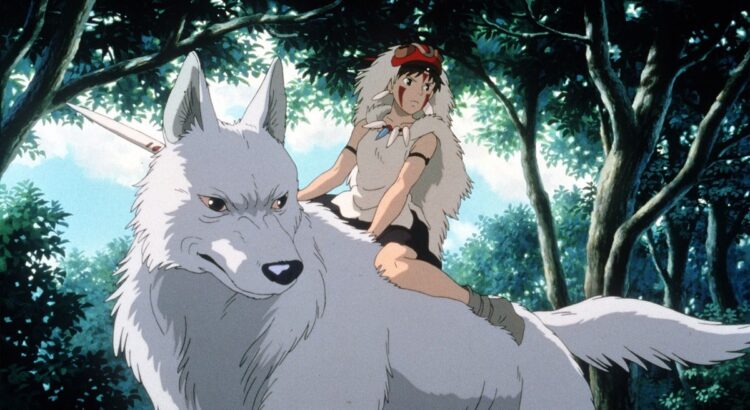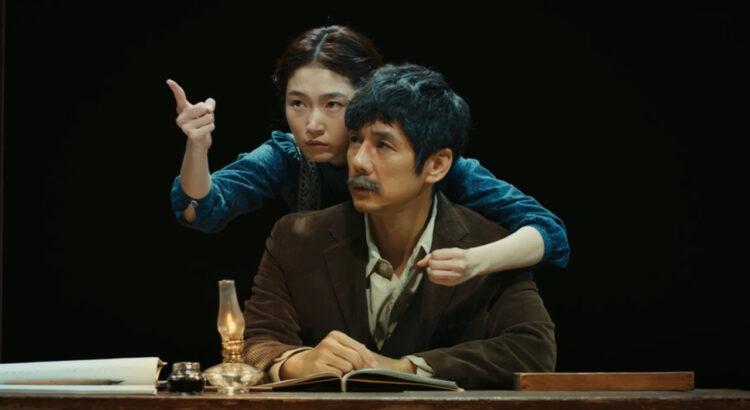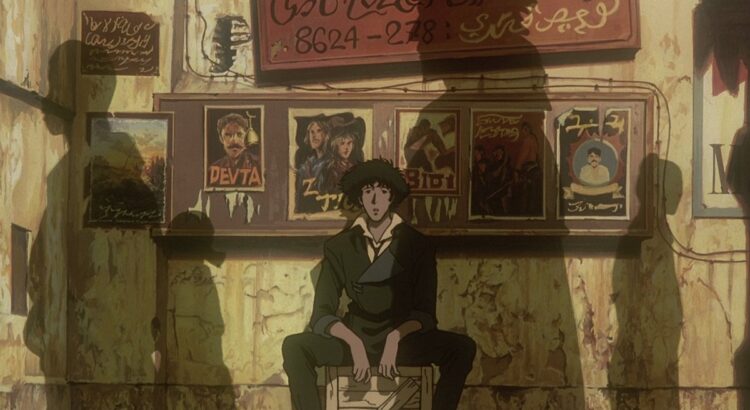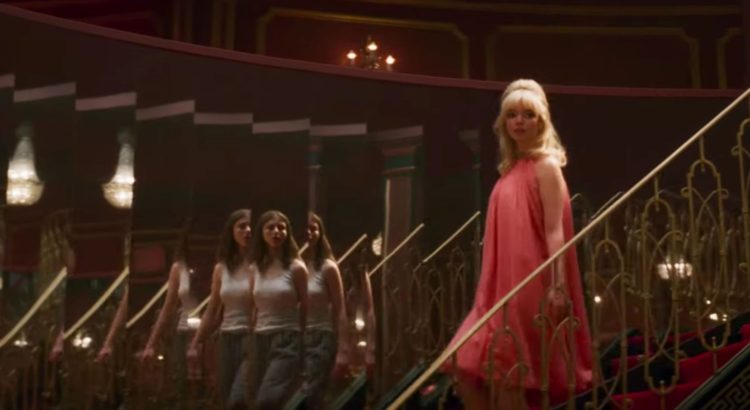Princess Mononoke is a Studio Ghibli film written and directed by Hayao Miyazaki that follows a young man who searches for a forest spirit that can lift his curse, one that was inflicted upon him by a possessed demon boar. This is one of Miyazaki’s darker films, depicting the way in which human progress often comes at the expense of nature, as well as at the expense of other humans.
The key players in this film and what make it worth watching are a young woman named San who was raised by wolves, and Lady Eboshi, the woman who runs a nearby town where her ironworks provide the primary source of income. Eboshi actively seeks to rid the forest of San and the wolves in order to expand her town and presence as a threat to other villages. The forest is represented by the Deer, Wolf, and Boar Gods, who seek to protect their home and clearly voice their hatred for humans. The way the relationship between humans and the environment is particularly compelling, with demons being created by the violence perpetrated by the humans of Irontown, and Eboshi justifying her actions as Irontown provides a safe space for sex workers and lepers. Eboshi is the clear antagonist of the film and is driven by greed, but I find it interesting that she also sees the forest as a source of evil, and believes San was corrupted by the animals in the forest. I always find it interesting when an antagonist is more interesting than the protagonist – Ashitaka is a little boring – and I also really enjoyed how the forest was essentially a living creature, represented by the Gods and San, all acting defensively with reason to hate the humans.
Another aspect of the film worth noting is the animation. Studio Ghibli is known for its whimsical background and character designs, and Princess Mononoke continues this trend, but also incorporates more violent imagery to go along with its themes. There are several fight sequences in this film, the best being a confrontation between Lady Eboshi and San early on. I particularly loved the animation for San’s movements, how quick and aggressive she ran and fought, and how acrobatic her technique was at the same time. One of my favorite shots from the film is in this scene: it is from San’s point of view as she charges head on at Eboshi, who remains centered in the frame as the townsfolk scatter out of the frame.
I also loved the design of the demon that Ashitaka fights in the beginning of the film and again, I love the movement. The way it crawls is terrifying and the tendrils coming out of its body are disgusting yet mesmerizing to watch (click the image to see for yourself).
There is so much to appreciate about Princess Mononoke – its themes, characters, technical aspects, and more. It is one of my favorite Studio Ghibli films and perhaps one of their more underrated films – and I highly recommend it.











